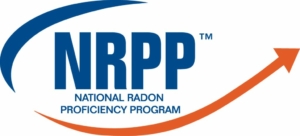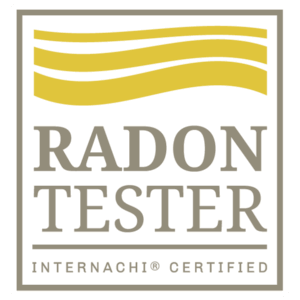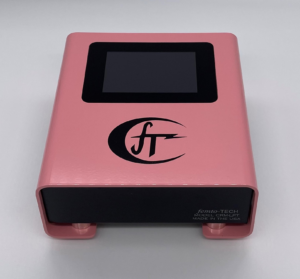Why Test for Radon?
When it comes to reducing your cancer risk, one important step could be right under your nose, or your feet. Getting your home tested for radon can help protect you and your family from a key cause of lung cancer.
Exposure to radon accounts for about 21,000 deaths from lung cancer each year according to the US Environmental Protection Agency (EPA). While that is nowhere near the 480,000 deaths a year caused by smoking, it’s still significant. And it’s the leading cause of lung cancer in people who don’t smoke.
(Source- American Cancer Institute)
What is Radon?
Radon is a gas that occurs naturally outdoors in harmless amounts. It’s produced from the breakdown of uranium in soil and rocks. It sometimes gets concentrated in homes built on soil with natural uranium deposits. It can enter buildings through cracks in floors or walls, construction joints, or gaps in foundations around pipes, wires or pumps. Radon levels are usually highest in the basement or crawl space.
When someone breathes in radon gas, it goes into their lungs, exposing them to small amounts of radiation. This may damage the cells in the lining of the lungs and increase a person’s risk of lung cancer. The risk is higher in those who have lived for many years in a radon-contaminated house.
Testing for radon
Because radon gas can’t be seen or smelled, the only way to know whether you’re being exposed to it is to test for it. A Citizen’s Guide to Radon, produced by the EPA, explains how to test your home for radon easily and inexpensively, and what to do if your levels are too high.
If radon levels in your home are high, you can take steps to lower them. The most common method is to have a vent pipe system and fan installed, which pulls radon from beneath the house and vents it to the outside. This method is referred to as active soil depressurization or ASD
It is also possible for radon to enter your home through your water supply, though this poses a much lower risk than when it comes through the soil. If you have a private well, you can have it tested for radon. If the levels are high, you can have the water supply treated so that the radon is removed before it enters your home. If you are concerned about radon and your water comes from a public water supply, you should contact your supplier.
As with most home repairs, the cost of reducing radon in your home can vary widely, depending on how your home is built (whether you have a basement, crawlspace, or neither) and what kind of system you need.
The first step is determining whether you and your home are at risk.
Flag Home Inspection has been trained through the NRPP (National Radon Proficiency Program) and we use state of the art Radon Testing devices that will also perform an overall indoor air quality test, measuring items such as Carbon Monoxide (O2) and other Volatile Organic Compounds or VOC’s



